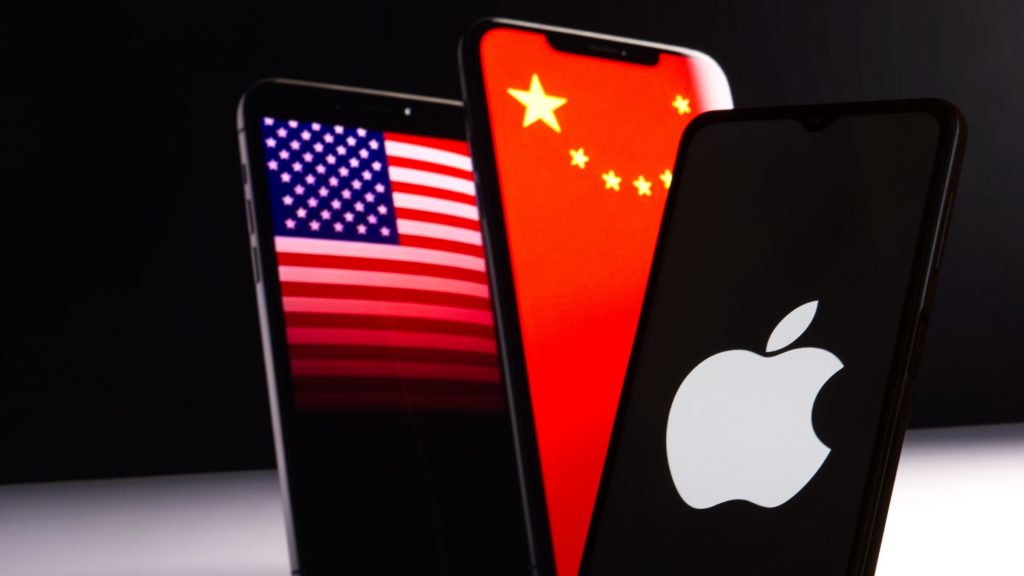
Amid escalating U.S. and Chinese tensions, Apple is diversifying its supply chain away from China, favoring Vietnam and other countries as more stable manufacturing bases.
This strategic shift underscores broader geopolitical currents and the global tech industry’s quest for more secure and cost-effective production landscapes.
During a recent meeting in Hanoi with Vietnamese Prime Minister Pham Minh Chinh, Apple CEO Tim Cook committed to deepening the tech giant’s investment in Vietnam. The Vietnamese government reported that Apple has already funneled nearly $16 billion into the country’s economy since 2019, creating over 200,000 jobs.
This expansion aligns with a broader strategy among multinational corporations to reduce their dependency on China amid rising trade frictions. The approach, often dubbed “China plus one,” seeks to mitigate risks by diversifying production across multiple Asian countries.
Vietnam has emerged as a key player in this strategy. The country offers significant cost advantages—labor costs in manufacturing are roughly half of those in China. This economic efficiency has enabled Vietnam to transition from a producer of low-value goods to a critical player in the high-tech manufacturing sector, including the production of Apple’s iPhones and iPads.
“The move up the value chain is a testament to Vietnam’s growing capabilities in high-tech production,” noted Thuy Anh Nguyen, a strategist at Dragon Capital.
The appeal of Vietnam extends beyond cost savings. The country’s political stability, growing pool of skilled engineers, and strategic location make it an ideal alternative to China due to the U.S. and Chinese tensions, for companies looking to navigate the complexities of modern global supply chains. The U.S.-Vietnam relationship has also strengthened significantly, with trade between the two countries skyrocketing by over 360% in the past decade, culminating in a “comprehensive strategic partnership” formed in September.
The shifting dynamics are part of a larger narrative of cooling relations between the U.S. and China. The trade war initiated by the U.S. in 2018 saw heightened tensions last year with reciprocal export controls on chipmaking. Additionally, the COVID-19 pandemic exposed vulnerabilities in global supply chains, particularly those overly reliant on Chinese production facilities.
Vietnam’s rise as a manufacturing hub coincides with its demographic and economic momentum. With a young, educated population of 100 million and a rapidly expanding consumer market, Vietnam is not just a production base but also a burgeoning market for high-tech consumer products.
While Vietnam is a smaller market compared to India—which also attracts substantial foreign investment in manufacturing—its strategic use by companies like Apple highlights its pivotal role in the reconfiguration of global tech manufacturing.
As companies like Apple recalibrate their global operations, the geopolitical landscape will likely continue to influence decisions on where to invest and build new facilities, making regions like Vietnam increasingly important in the global economic arena amid the U.S. and Chinese tensions.
Inside Telecom provides you with an extensive list of content covering all aspects of the tech industry. Keep an eye on our Tech sections to stay informed and up-to-date with our daily articles.